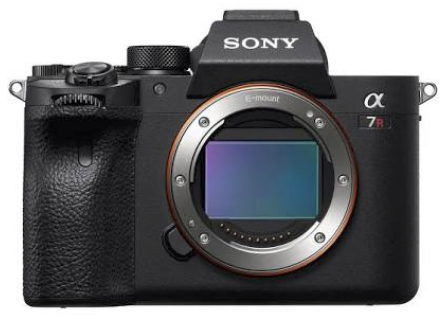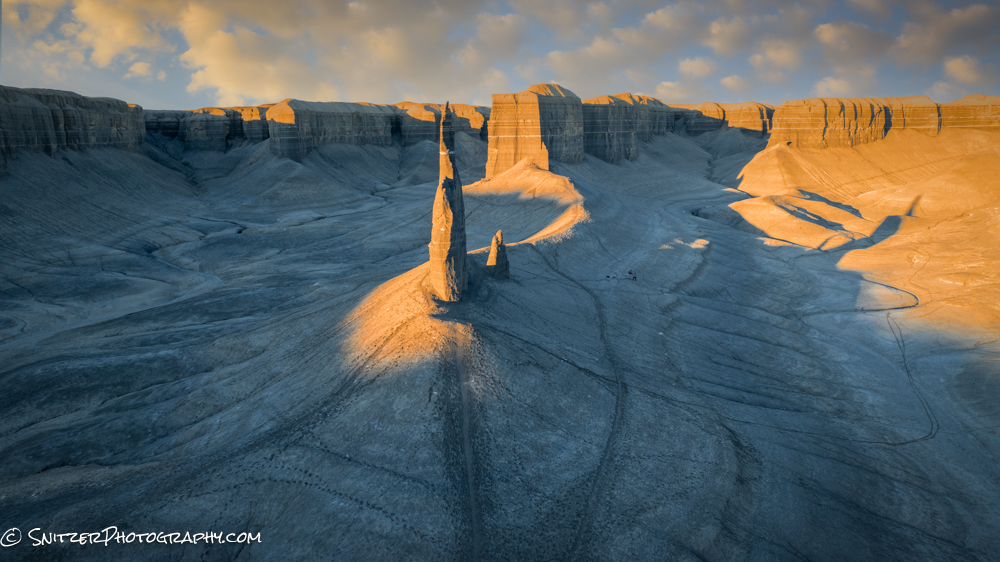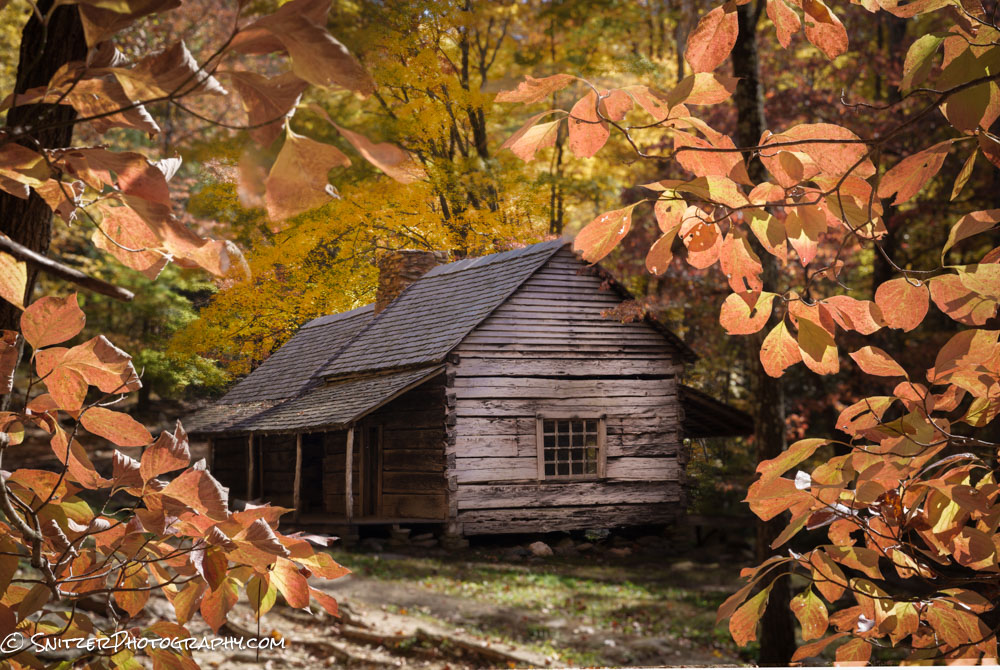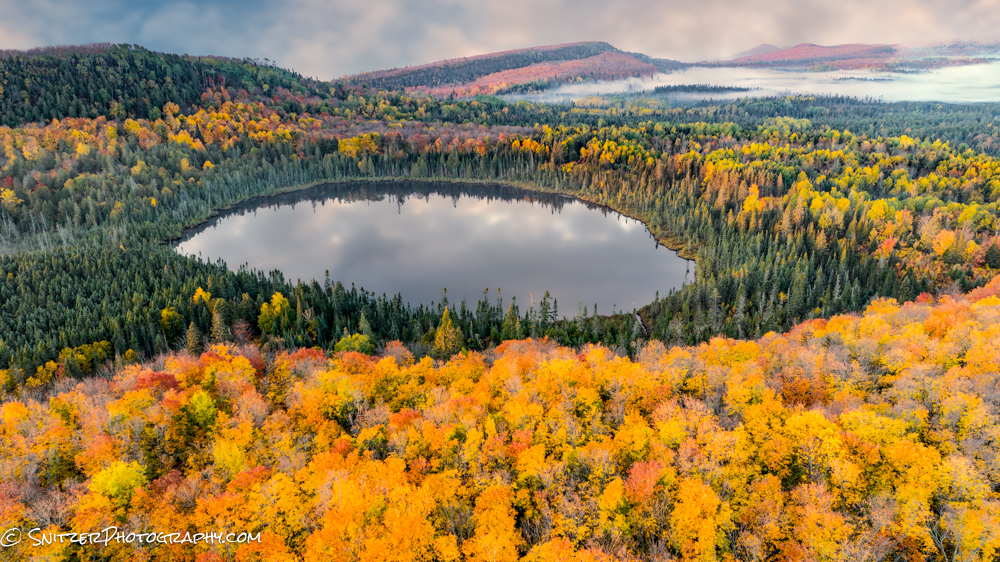The new A7r V ($3,800) uses the exact same sensor (61MP) as it’s predecessor, the A7r IV ($3,000). Still worth upgrading to the latest and greatest? What’s new.
- Onboard image stabilization goes up from 5 stops to 8 stops. Three stops is a massive jump and allows handheld shots that previously would have required a tripod.
- Full articulating “flip up” (either horiz or vertical) LCD screen with much greater resolution. I shoot low (2-6″ off the ground) all the time. With A7r IV, I can’t flip the mirror to take vertical shots. A big problem when I’m composing. The A7r V solves this.
- Vastly superior object tracking and detection. If you’re a wildlife shooter, this will make a big difference. One minor problem. The camera shoots at 10 frames/sec or 6/FPS if shooting lossless RAW. On the other hand, who will be shooting lossless RAW with 61MP files.
- Massive buffer allows over 500 continuous shots at 10FPS. Run and gun.
- Improved camera menu. Easier to navigate.
- Option to have shutter close and protect sensor when changing lens. Helps keep dust off sensor!
How’s this compare to Sony flagship A1 (50MP,$6,500)?
- The A1 has slightly superior image tracking than the A7r V. It also offers 30 frames/sec, vs 10/6 for the A7. It’s the penultimate choice for wildlife. As for in-flight bird photography, the A1 is the obvious choice, whereas the A7r V is certainly solid.
- The A1 doesn’t have a flip-out LCD that allows vertical shooting. Plus, it provides only 1440k dots of resolution vs the A7r V’s 2095. Eckkk.
- The A1 only offers 5.5 stops of image stabilization.
My thoughts
- If you’re a nature photographer who likes wildlife (& shoots birds occasionally), the choice is easy. Save $2,700 and get the A7r V. Better camera for your purposes.
- If you’re a hardcore birder, a serious sports shooter, go with the A1.
How does this compare to Canon’s R5 (the other powerhouse choice)
- Canon doesn’t feature the flip up LCD for composing vertical shots down low. For me that’s a deal breaker.
- Canon is 45 MP vs 61 MP for Sony.
- Canon has the edge at 20 FPS vs 10 FPS for Sony.
- Canon’s lenses are wonderful but insanely expensive & they don’t really offer many third party lens choices.
- Otherwise both cameras have identical dynamic range, ISO invariance, image stabilization, image tracking/focus.
- Canon’s great, but I still believe Sony still comes up on top by a hair.









